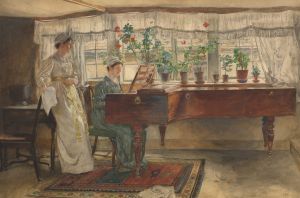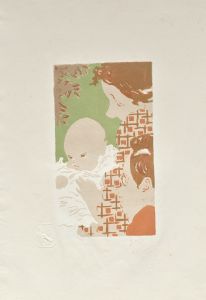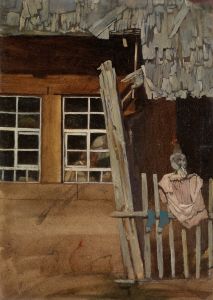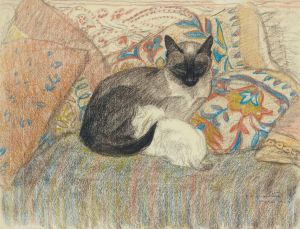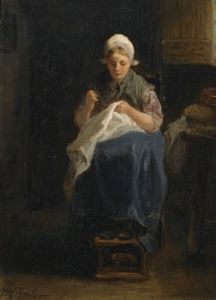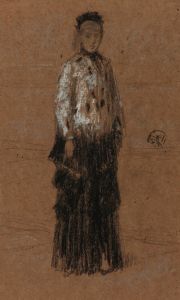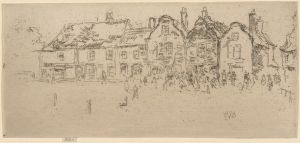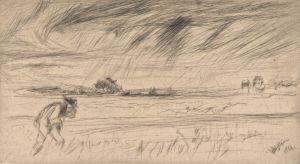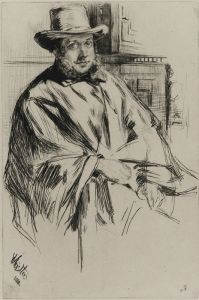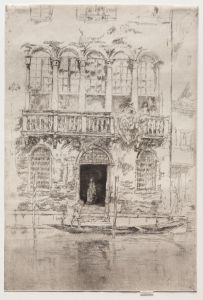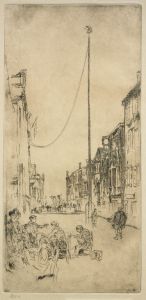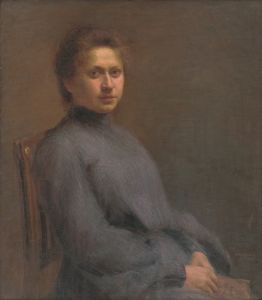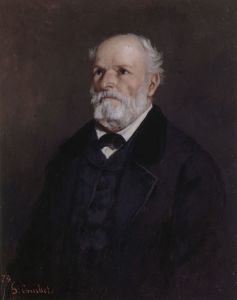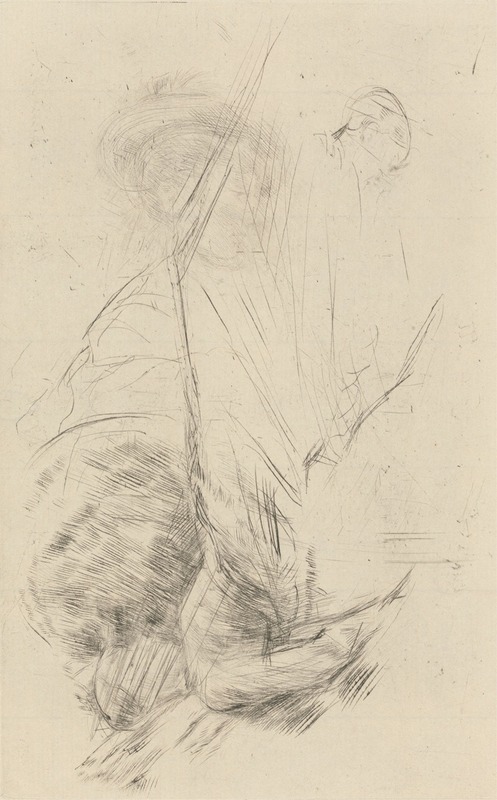
A Child on a Couch, No. 1
A hand-painted replica of James Abbott McNeill Whistler’s masterpiece A Child on a Couch, No. 1, meticulously crafted by professional artists to capture the true essence of the original. Each piece is created with museum-quality canvas and rare mineral pigments, carefully painted by experienced artists with delicate brushstrokes and rich, layered colors to perfectly recreate the texture of the original artwork. Unlike machine-printed reproductions, this hand-painted version brings the painting to life, infused with the artist’s emotions and skill in every stroke. Whether for personal collection or home decoration, it instantly elevates the artistic atmosphere of any space.
James Abbott McNeill Whistler's painting "A Child on a Couch, No. 1" is a work that reflects the artist's distinctive style and approach to portraiture. Whistler, an American artist active during the late 19th century, is renowned for his contributions to the Aesthetic Movement, which emphasized beauty and harmony over narrative content in art. His works often focus on mood and composition, employing a subtle palette and delicate brushwork.
"A Child on a Couch, No. 1" exemplifies Whistler's interest in capturing the essence and atmosphere of his subjects rather than providing a detailed, realistic depiction. The painting features a young child seated on a couch, rendered with Whistler's characteristic soft focus and muted tones. This approach aligns with his belief that art should appeal to the senses and emotions rather than convey a specific story or message.
Whistler's technique in this painting likely involved the use of thin layers of paint, allowing for a smooth surface and gentle transitions between colors. This method contributes to the ethereal quality of the work, inviting viewers to engage with the painting on an emotional level. The composition is carefully balanced, with the child positioned in a way that draws attention to their presence while also integrating them harmoniously into the surrounding environment.
The painting's title, "A Child on a Couch, No. 1," suggests that it may be part of a series or a study of similar subjects, though specific details about additional works in this series are not widely documented. Whistler often titled his works in a manner that emphasized their compositional elements, such as "Nocturne," "Symphony," or "Arrangement," reflecting his focus on the formal qualities of art.
Whistler's influence extends beyond his paintings; he was a pivotal figure in the art world of his time, known for his strong opinions and sometimes controversial views on art and society. His famous legal battle with art critic John Ruskin, whom he sued for libel, highlighted his belief in the artist's autonomy and the importance of aesthetic experience.
While "A Child on a Couch, No. 1" may not be as widely recognized as some of Whistler's other works, such as "Whistler's Mother" or his "Nocturnes," it remains an important example of his approach to portraiture and his broader artistic philosophy. The painting is a testament to Whistler's skill in capturing the subtle interplay of light, color, and form, creating a work that resonates with viewers on a sensory level.
In summary, "A Child on a Couch, No. 1" by James Abbott McNeill Whistler is a reflection of the artist's dedication to the principles of the Aesthetic Movement, emphasizing beauty and emotional resonance over narrative content. Through his masterful use of composition and technique, Whistler invites viewers to appreciate the painting as an experience of visual harmony and subtlety.





